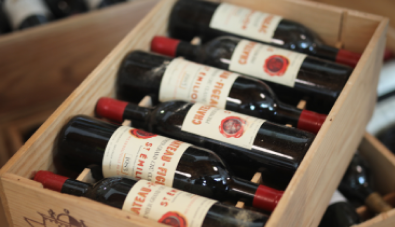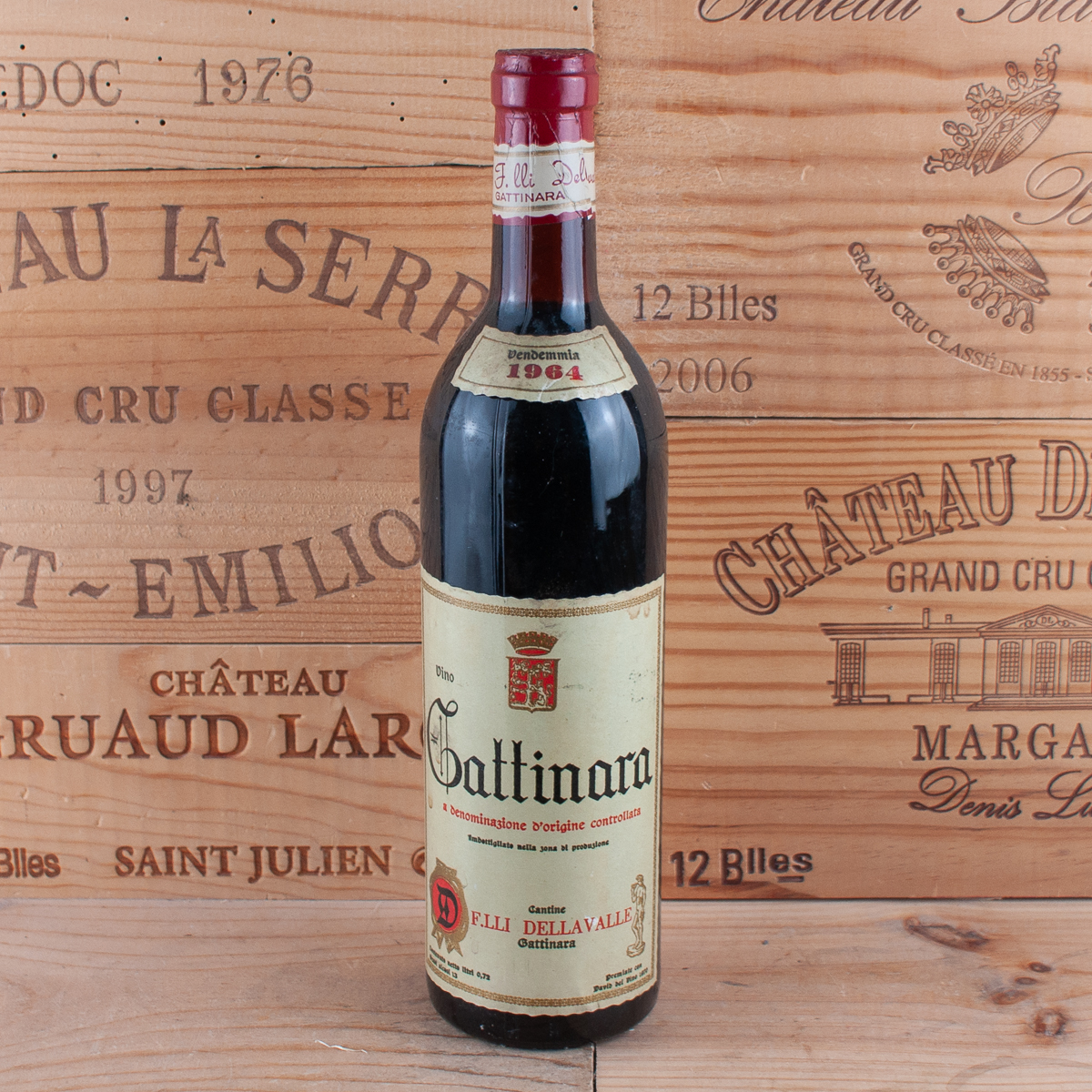
Wein 2023
In Bordeaux und in Piemont gab es üppigen Niederschlag im Frühling, der die enorme Hitze im Sommer ausgleichen konnte. In Deutschland trat wieder Frost und im Herbst starker Regen auf, auf den die Winzer rasch reagieren mussten.
Echtheitsgarantie
Jede Weinflasche, das Etikett und der Korken stammen aus dem Jahrgang 2023Qualitätsgarantie
Hochklassige Weine vom Jahrgang 2023 - auch für eine lange Lagerung.Filter
Vintage wines
€154.00
Content: 0.75 L
(
€205.33
/ 1 L
)
Quantity: 9
€132.00
Content: 0.75 L
(
€176.00
/ 1 L
)
Quantity: 10
€188.00
Content: 0.75 L
(
€250.67
/ 1 L
)
Quantity: 14












